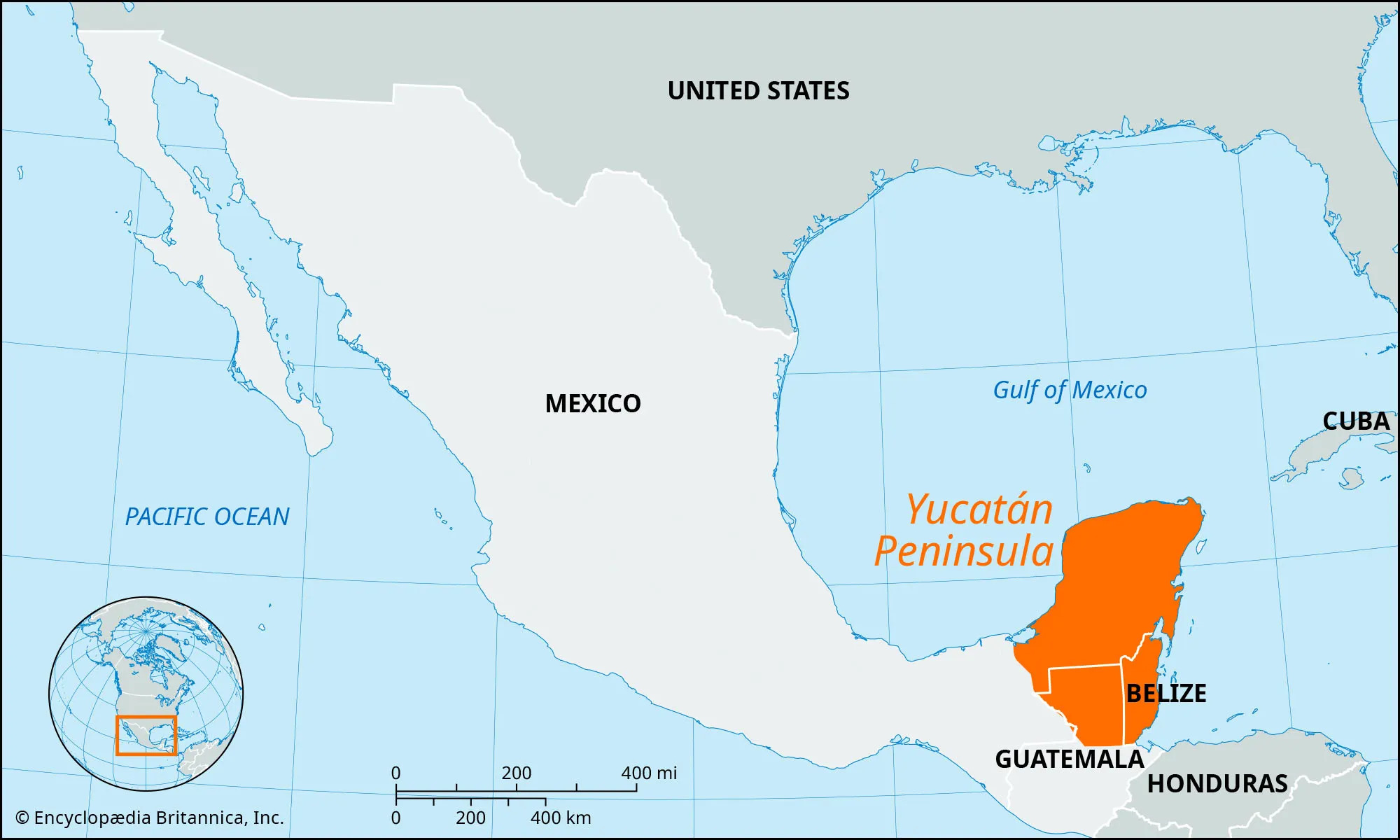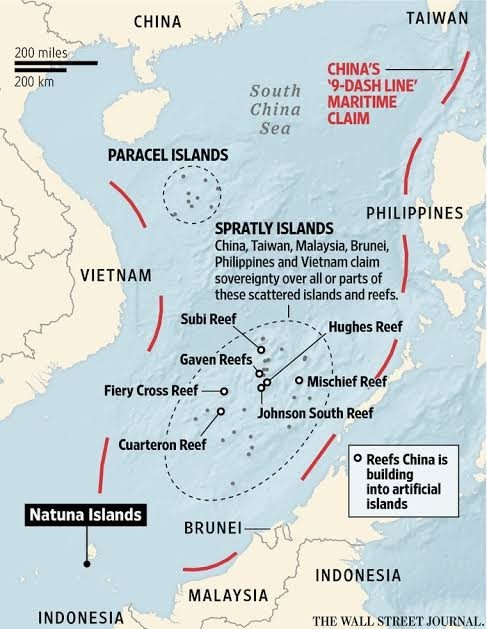- Home
- Prelims
- Mains
- Current Affairs
- Study Materials
- Test Series
 Latest News
Latest News
April 30, 2024 Current Affairs
FIU unveils alert indicators on anti-money laundering.
New Alert Indicators:
- Aims to enhance the scrutiny of suspicious transactions as part of anti-money laundering (AML) and counter-terrorism (CFT) financing efforts.
- Issued under the provisions of the Prevention of Money Laundering Act (PMLA), 2002 during the 2022-23 financial year.
- Financial institutions and intermediaries are required to share suspicious transaction reports (STRs) with the FIU, which then analyzes and forwards them to investigative and intelligence agencies for appropriate action.
Sector-Specific Alert Indicators:
Capital Markets:
- The "alert indicators" aim to tackle "emerging risks" within market infrastructure institutions (MIIs) such as stock exchanges and depositories.
- These risks include synchronized and manipulative trading practices, order spoofing, misuse of client funds by stockbrokers, suspicious off-market transactions, etc.
- New guidelines lead to strategic enhancements in how transaction information is received.
Insurance Companies:
- Guidelines emphasize generating alerts for insurance frauds and analyzing them from AML/CFT perspectives.
- Insurance firms are encouraged to identify and report suspicious activities promptly.
- Insurance Regulatory and Development Authority of India (IRDAI) plays a key role in ensuring compliance.
Cryptocurrency Service Providers:
- The agency issued alert indicators for cryptocurrency service providers, including instructions to register with the FIU, conduct enhanced due diligence, and implement the travel rule.
- The travel rule, extended to crypto companies in 2019 by FATF, requires crypto currency service providers to share sender and recipient data with each other during transactions.
Online Payment Gateways:
- Examination of business models by a working group including RBI and NPCI due to the rapid transaction speeds and lack of transparency in some cases.
- Focus on addressing AML/CFT risks in the rapidly evolving digital payment landscape.
Credit Rating Agencies and Debenture Trustees:
- The new guidelines ensure CRAs report STRs promptly to the FIU, identifying early-stage corporate frauds with AML/CFT implications.
- This enables swift action by law enforcement, preventing fund misappropriation by fraudulent issuers.
- Debenture trustees are required to monitor and report any breaches in trust deeds or laws.
Money laundering:
- Money laundering is the process of converting illegally obtained money or assets into legitimate funds.
- Money laundering, under the PMLA of 2002, involves any activity related to the proceeds of crime, including concealing, possessing, acquiring, or using them, as well as presenting them as legitimate property.
- The PMLA defines proceeds of crime as any assets or property that have been acquired or derived, either directly or indirectly, from illegal or criminal activities.
Financial Intelligence Unit-India (FIU-IND):
- FIU-IND was established in 2004 as the central national agency responsible for receiving, processing, analyzing and disseminating information relating to suspect financial transactions.
- It is also responsible for coordinating and strengthening efforts of national and international intelligence, investigation and enforcement agencies in pursuing the global efforts against money laundering and financing of terrorism.
- It is an independent body reporting directly to the Economic Intelligence Council (EIC) headed by the Finance Minister.
- It is a part of the Department of Revenue, Ministry of Finance.
Other measure to combat Money Laundering:
- Specialized Agencies: Entities like the Enforcement Directorate (ED), Central Bureau of Investigation (CBI), among others, are tasked with enforcement and investigation.
- International Cooperation: India collaborates with global bodies such as the Financial Action Task Force (FATF) and the Eurasian Group on Combating Money Laundering and Financing of Terrorism to strengthen international efforts against these crimes.
Deepest ''blue hole'' on Earth is discovered in Mexico.
- Scientists have yet to reach the bottom of the Taam Ja'' Blue Hole in Mexico''s Chetumal Bay, which new measurements hint could be connected to a labyrinth of submarine caves and tunnels.
Blue Hole?
- Blue holes are water-filled vertical caverns, or sinkholes, found in coastal regions where the bedrock is made of soluble material, such as limestone, marble, or gypsum.
- They form when water on the surface percolates through the rock, dissolving minerals and widening cracks, which eventually causes the rock to collapse.
- Famous examples include Dean''s Blue Hole in the Bahamas, the Dahab Blue Hole in Egypt, and the Great Blue Hole in Belize.
Taam Ja'' Blue Hole:
- It is the deepest known underwater sinkhole in the world.
- It sits in Chetumal Bay off the southeast coast of the Yucatan Peninsula in Mexico.
- It extends at least 1,380 feet (420 meters) below sea level.
- It is 390 feet (119 m) deeper than the previous record holder — the 990-foot-deep (301 m) Sansha Yongle Blue Hole, also known as the Dragon Hole, in the South China Sea.
- Spread over an area of 13,660 square meters, the giant, underwater cavern has been named Taam Ja’ which means "deep water" in Mayan.
- The submerged blue hole has a nearly circular shape at its surface with steep sides that form a large conic structure covered by biofilms, sediments, limestone, and gypsum ledges.

Yucatan Peninsula:
- It is a northeastern projection of Central America, extending into the Atlantic Ocean.
- The Gulf of Mexicolies on its western and northern sides. The Caribbean Sea lies on its eastern side.
- The northern part of Yucatán is in Mexico. Belize and a part of Guatemala are in the south.
- The peninsula is almost wholly composed of beds of coralline and porous limestone rocks.
UK pharmaceutical giant AstraZeneca has acknowledged that its Covid-19 vaccine can lead to a rare side effect known as Thrombosis with Thrombocytopenia Syndrome (TTS).
- In 2023, the World Health Organization (WHO) reported that Thrombosis with Thrombocytopenia Syndrome (TTS) emerged as a new adverse event following immunization in individuals vaccinated with COVID-19 non-replicant adenovirus vector-based vaccines.
- This includes the AstraZeneca COVID-19 ChAdOx-1 vaccine and the Johnson & Johnson (J&J) Janssen COVID-19 Ad26.COV2-S vaccines.
TTS (Thrombosis with Thrombocytopenia Syndrome):
- Thrombosis with Thrombocytopenia Syndrome (TTS) is an extremely rare condition characterized by the formation of blood clots (thrombosis) and low platelet counts (thrombocytopenia).
- It is also known as vaccine-induced immune thrombotic thrombocytopenia (VITT).
- Thrombosis occurs when a blood clot forms in a blood vessel, which can impede blood flow.
- Thrombocytopenia is a condition where there is a low count of platelets in the blood.
- Platelets play a crucial role in clotting, which helps prevent excessive bleeding.
Vaccine Developed By AstraZeneca:
Covidshield :
- Covishield is not based on the mRNA platform but rather on the viral vector platform which utilizes a modified chimpanzee adenovirus, ChAdOx1, to deliver the COVID-19 spike protein into human cells.
- While this cold virus cannot infect the recipient, it can effectively instruct the immune system to prepare defenses against similar viruses.
- TTS is classified into 2 tiers by the CDC.
Tier 1:
- Rare blood clots, like in the brain or gut, sometimes alongside more typical ones in the legs or lungs.
- Low platelet count (below 150,000 per microliter).
- Tier 1 cases are usually more severe and riskier.
- This is more common in younger people.
Tier 2 :
- Common blood clots, like in the legs or lungs.
- Low platelet count (below 150,000 per microliter). A positive anti-PF4 ELISA test is necessary for diagnosis.
Symptoms of TTS :
- Severe or persistent headaches,
- Blurred vision,
- Shortness of breath,
- Chest pain,
- Leg swelling,
- Persistent abdominal pain,
- confusion or seizure,
- Easy bruising or tiny blood spots under the skin beyond the injection site.
Link between TTS and the Covid vaccine?
- The link between TTS and the AstraZeneca Covid-19 vaccine was discovered after the vaccine’s rollout. Researchers found a connection between the vaccine and VITT.
- VITT is a subset of TTS, a distinction that AstraZeneca does not appear to acknowledge.
China heightened the deployment of its ships and aimed water cannons at Filipino boats during supply missions to the Sierra Madre.
- According to recent analysis by the Washington Post, Chinese coast guard and militia ships have frequently surrounded and collided with Philippine resupply vessels.
Sierra Madre:
- Landing Ship: It was constructed in the US for World War II (1939-45), commissioned in 1944 as a landing ship and sent to Vietnam during the US participation in the Vietnam War (1954-75).
- In 1976, it was transferred to the Philippines, an ally of the US. In 1999, it was left on the Second Thomas Shoal, part of the mostly uninhabited Spratly islands.
- Philippines’ Strategic Moves: The Philippines, then brought this ship to the Second Thomas Shoal, a submerged reef located in the South China Sea to further its territorial claims.
- Since then, the Philippines has sent smaller boats to the ship for repairs, and sending supplies to the crew onboard.
- Mischief Reef Dispute: China laid claims on the nearby Mischief Reef and has since demanded the ship’s removal which the Philippines has rejected.
- Challenge for Philippines: Today, the ship is largely dilapidated and rusting. However, for the Philippines, its removal would risk weakening its claims over the islands and Chinese presence being established.

Claims over Spratly Islands:
- Overlapping Claims in the South China Sea: Countries in the region have extended overlapping claims on the South China Sea, claiming ownership over its islands such as the Spratly Islands and the Paracel Islands.
- Along with issues over sovereignty, the rich oil and gas reserves in the region and its rich fishing waters have also encouraged countries to lay their claims.
- China claims nearly 90% of the South China Sea.
- The Hague Tribunal’s Ruling: In 2016, an international tribunal in the Hague ruled in favour of the Philippines citing China’s actions in the dispute.
- The Tribunal declared that certain sea areas are within the EEZ of the Philippines because any possible entitlement of China does not overlap those areas”. The tribunal highlighted:
- China’s construction of artificial islands equipped with helipads caused irreversible damage to the marine environment
- establishing a significant artificial island within the Philippines’ EEZ
- It had eliminated evidence of the natural state of features in the South China Sea that were part of the dispute between the parties.
- China rejected the ruling.

Exclusive Economic Zone (EEZ):
- An EEZ is an area of the ocean extending 200 nautical miles (370 km) beyond a nation’s territorial sea (12 nautical miles or 12 miles from the coast).
- Within this area, a coastal nation has jurisdiction over both living and nonliving resources, according to the US National Oceanic and Atmospheric Administration (NOAA).
US Response:
- U.S. Support for the Philippines: US voiced its support to the Philippines which is an important strategic ally.
- U.S.-Philippines Mutual Defense Treaty, 1951: As per this, an armed attack in the Pacific Area on either of the Parties would be dangerous to its own peace and safety.
- Moreover, each party agrees that it will act to meet the common dangers in accordance with its constitutional processes.
- In May 2023, the two countries agreed on new guidelines under the treaty.
- US stated that the guidelines reconfirm that a military assault in the Pacific, encompassing the SCS would trigger mutual defense obligations under Articles IV and V of the 1951 U.S.-Philippines Mutual Defense Treaty.”










 General Studies
General Studies